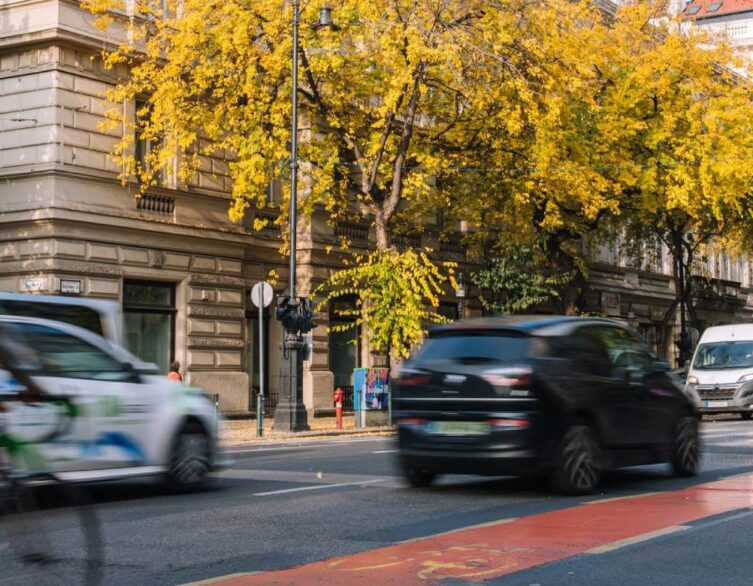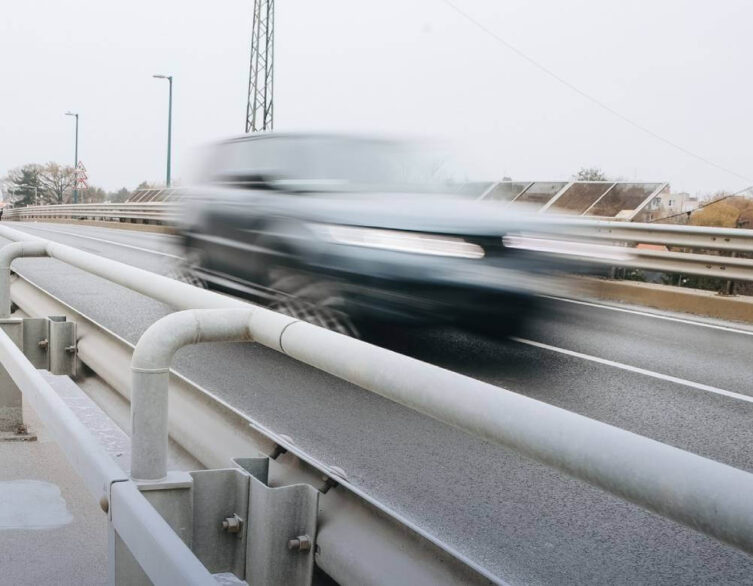Budapest’s Comprehensive Approach to Improving Traffic Safety

The city of Budapest has been making significant strides in improving traffic safety through a multi-faceted approach. The Budapest Transport Center (BKK) has been implementing a series of measures aimed at reducing the number of serious and fatal accidents on the city’s roads. The ultimate goal is to achieve the Vision Zero target, which aims to eliminate all traffic-related fatalities and severe injuries by 2050.
Lowering Speed Limits
One of the key strategies employed by the BKK is the reduction of speed limits on selected road sections. By analyzing data from the past five years using an artificial intelligence-based predictive model, experts have identified road segments where lower speed limits could have prevented accidents. As a result, speed limits have been reduced on the following stretches:
- Andrássy Avenue between Oktogon and Bajcsy-Zsilinszky Road: from 50 km/h to 40 km/h
- Bécsi Road between Vörösvári Road and Reménység Street: from 60 km/h to 50 km/h
- Váci Road between Róbert Károly Boulevard and Dózsa György Road: from 70 km/h to 50 km/h
These changes align with the city’s 2030 Road Network Plan and aim to adjust the maximum permitted speed to match the network and public space roles of the affected road sections.
Monitoring and Evaluation
Following the implementation of the new speed limits, BKK experts will closely monitor the impact of these measures on the affected road sections. They will continuously measure the speed of vehicles and monitor traffic flow to assess the effectiveness of the interventions. Similar monitoring is already underway on the Attila Road section between Mikó Street and Alagút Street, where speed reduction measures were introduced in early October.
Best deals of Budapest
Collaborative Efforts
The BKK plans to engage in discussions with the affected districts regarding further locations for speed limit reductions. This collaborative approach ensures that local authorities are involved in the decision-making process and can provide valuable input based on their knowledge of the area.
Data-Driven Decision Making
The selection of the road sections for speed limit reductions was based on a thorough analysis of data. The BKK’s predictive model, developed using artificial intelligence, evaluated the role of speed limits in causing accidents on specific road sections. By analyzing five years’ worth of data, experts were able to identify the areas where interventions were most needed to improve road safety.
Conclusion
Budapest’s comprehensive approach to improving traffic safety is a testament to the city’s commitment to creating a safer environment for all road users. By implementing targeted speed limit reductions, monitoring their impact, and collaborating with local authorities, the BKK is taking concrete steps towards achieving the Vision Zero goal. These efforts, combined with other initiatives such as the pedestrian crossing renewal program, the school zone program, and the creation of protected bicycle lanes, demonstrate Budapest’s dedication to ensuring that every journey on the city’s roads is a safe one.
Image source: Budapest City Hall
Related news













